Veolia North America has transformed its approach to managing aging water infrastructure by deploying drones equipped with thermal cameras, saving over 3 billion gallons of water in recent years. This innovative strategy reportedly addresses a critical issue in New Jersey’s water systems, where leaks from century-old pipes waste vast resources and disrupt services.
How Drones Detect Hidden Leaks
Drones capture thermal imagery that reveals temperature differences caused by escaping water. In summer, leaked water cools the surrounding ground; in winter, it warms it. Doug Reger, director of asset and workforce management at Veolia North America, explained:
“If there is a leak, the released water will have cooled the surrounding ground in the summer months and warmed the surrounding ground in the winter months.”
This technology targets a widespread challenge. New Jersey’s water pipes, many installed between 1870 and 1960, are highly susceptible to leaks. A 2018 state report highlighted that New Jersey American Water manages 8,700 miles of pipes, with over half predating 1960 and about 15% aged 100 to 140 years. The Natural Resources Defense Council estimated daily losses of 130 million gallons statewide—equivalent to filling the Empire State Building every two days.

Veolia’s drone program has proven effective in real-world scenarios. In Washington Township, a drone identified a leak after traditional excavations failed. In Hackensack, thermal cameras pinpointed an underground anomaly where water surfaced on a road without an obvious source.
Broader Impacts on Infrastructure and Efficiency
By detecting leaks early, Veolia prevents minor issues from escalating into major breaks. Underground leaks can remain hidden for long periods, leading to significant disruptions like road detours, boil-water advisories, and reduced fire-fighting pressure. New Jersey American Water estimates emergency repairs cost 10 times more than routine upgrades.
Veolia complements drones with 2,300 acoustic sensors that listen for leaks. Since 2019, the company has replaced 17,000 service lines, addressing leaks during the process.
Debra Vial, director of communications at Veolia, noted: “Underground leaks can sometimes go undetected for extended periods, potentially leading to significant breaks. In other instances, we might observe water bubbling to the surface, but pinpointing the exact location of the break can be challenging.”
The utility oversees 2,500 miles of water mains and over 270,000 service lines, serving 800,000 residents in Bergen and Hudson counties. This raises questions about scalability for other providers facing similar aging infrastructure nationwide.

Expanding Drone Uses Beyond Leak Detection
Drones also inspect water tanks, accessing hard-to-reach areas without scaffolding or harnessed personnel.
Reger described traditional methods: “Historically, what you would have to do is either get scaffolding or, depending on the tank, you might have to have somebody rigged and harnessed and rip down the sides of the tanks.”
Cameras detect early corrosion or deterioration, enabling more frequent checks and cost savings on repairs.
Vial emphasized: “They also allow Veolia to perform more frequent checks and identify potential issues early, saving money from costly repairs in the long run.”
Additionally, drones monitor encroachments on watershed properties and easements, enhancing overall asset management.
Integrating AI for Smarter Inspections
Veolia now incorporates artificial intelligence to analyze drone imagery. AI identifies patterns and differences between historical and current images, accelerating issue detection in tanks.
Reger said: “By looking at historical pictures and imagery to most current imagery … [we can determine] what’s the difference between those two images to help us identify if there’s something, rather than having an individual person [go through the] footage.”
This condenses inspections from four hours to one, streamlining operations.
Reger added: “The AI will simply condense a four-hour inspection to one hour by helping the analyzer go through all the footage.”
As part of a multi-tool strategy—including sensors—drones and AI help Veolia proactively combat leaks, reports NorthNewJersey.com.
Reger concluded: “We’re looking at multiple different ways of identifying leaks through sensors, and this is just one tool that we were utilizing to help us identify.”
This adoption signals a trend in the utility sector toward tech-driven solutions, offering operational efficiencies and economic benefits while addressing regulatory pressures on water conservation. Drone professionals may see growing opportunities in infrastructure monitoring, where precision and non-invasive methods prove invaluable.
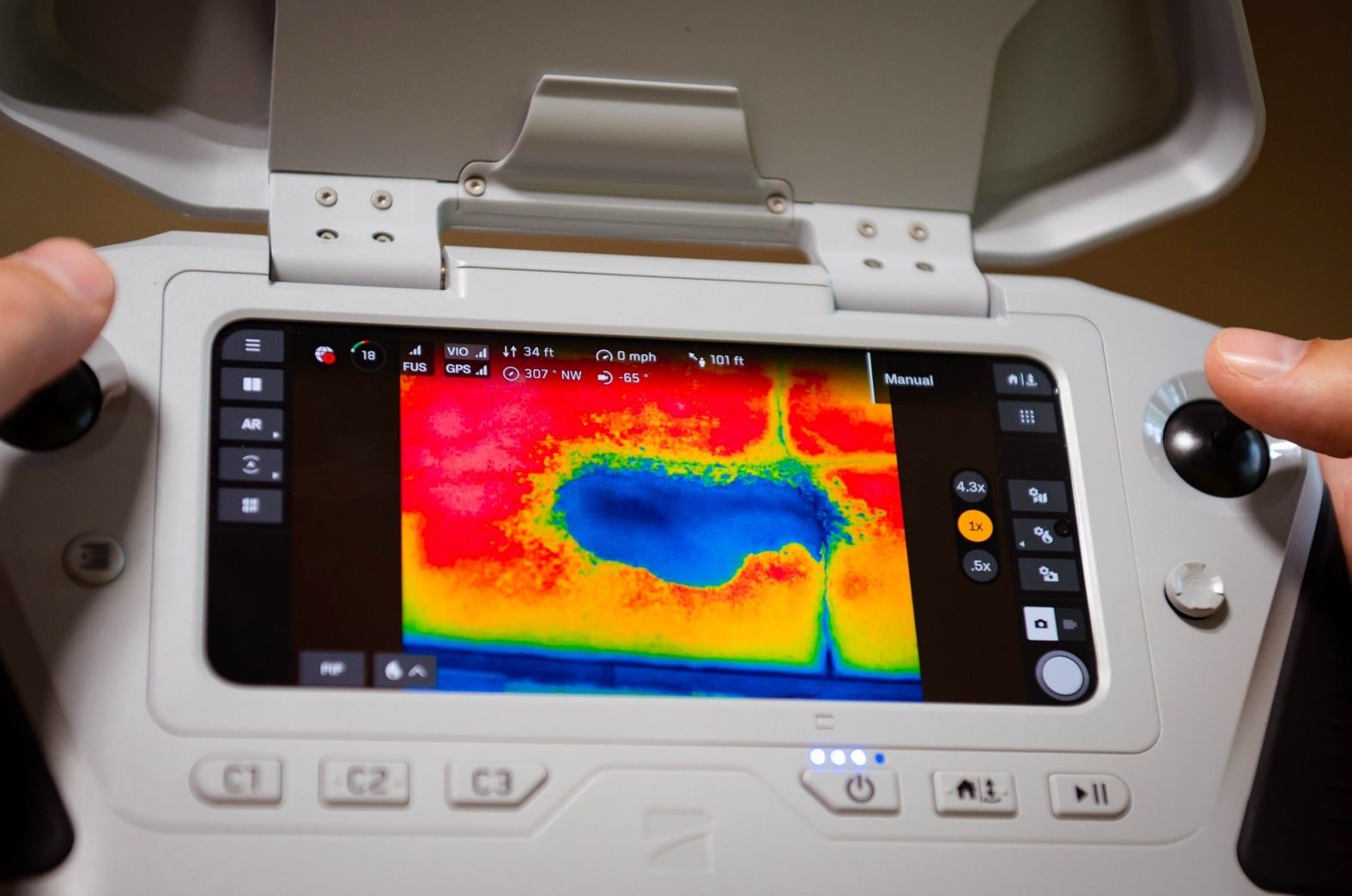
Photos courtesy of R. Rose / Veolia Water
Discover more from DroneXL.co
Subscribe to get the latest posts sent to your email.
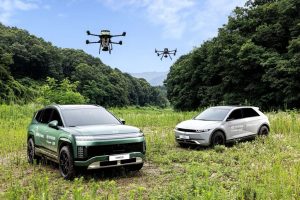
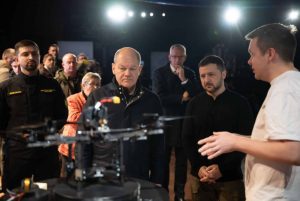
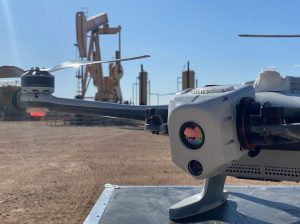
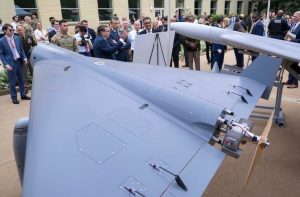
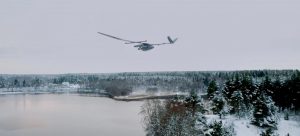
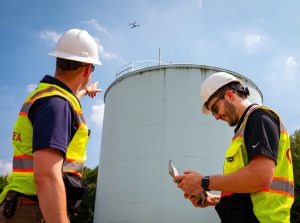
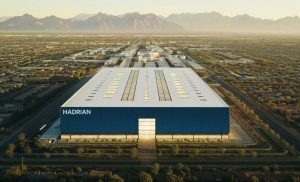


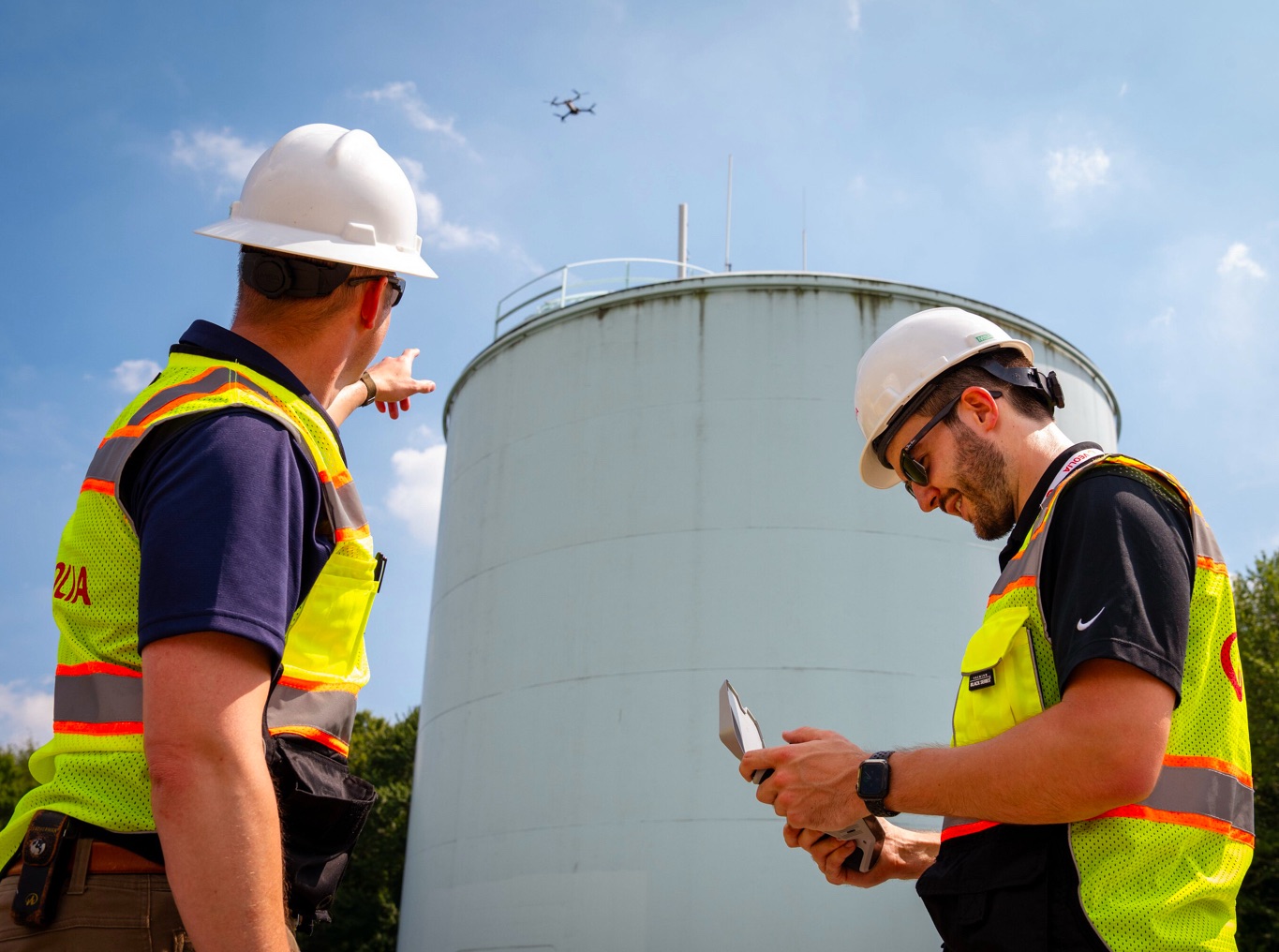
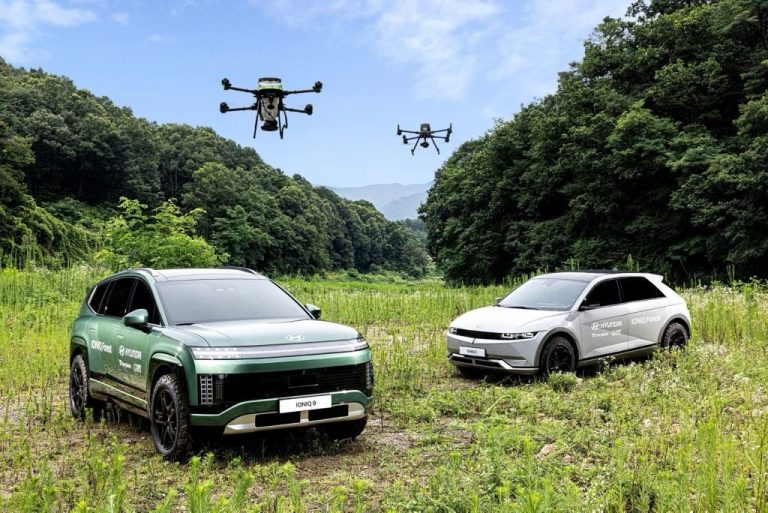
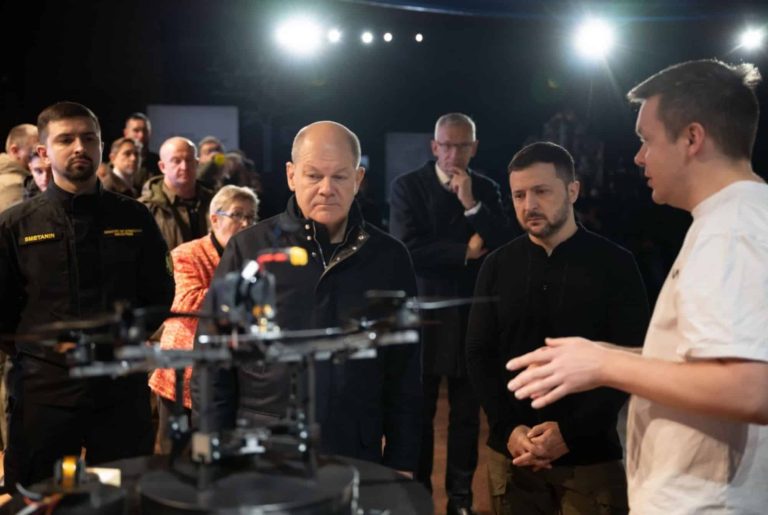
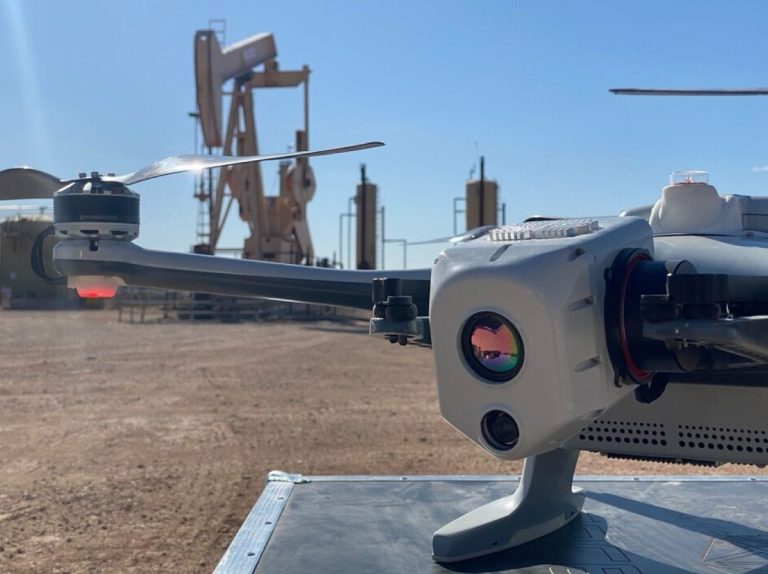
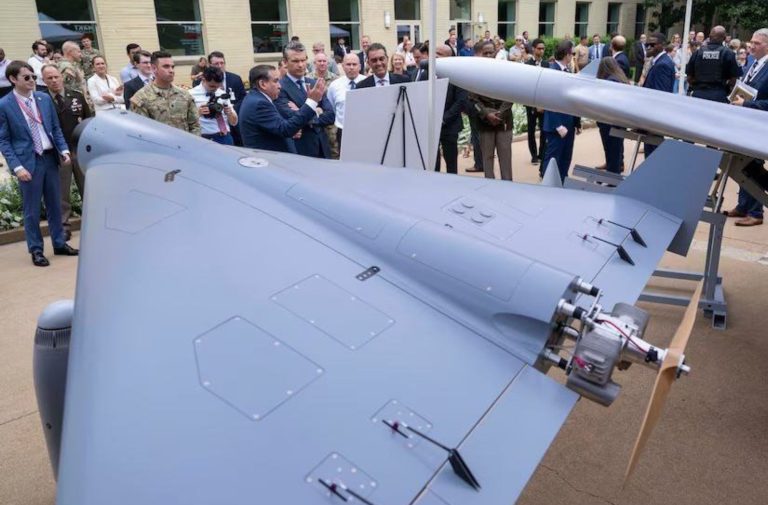
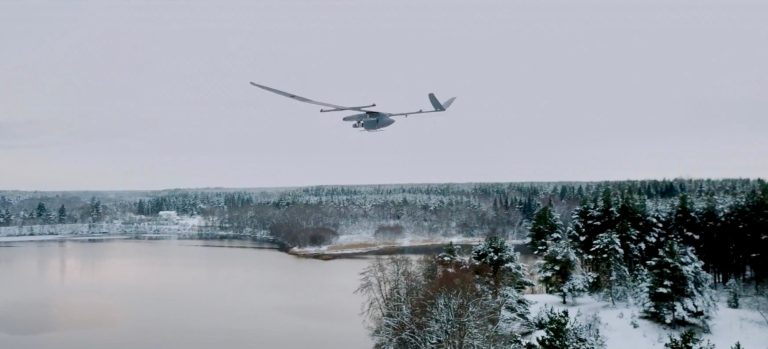
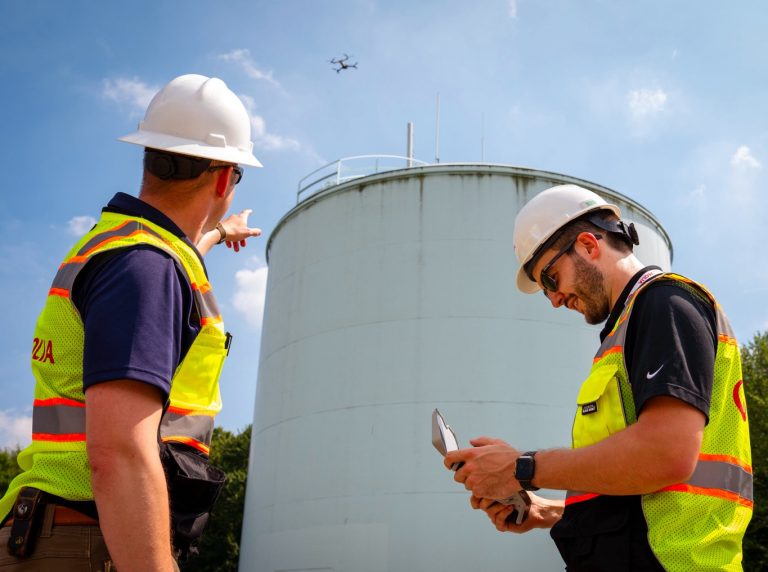
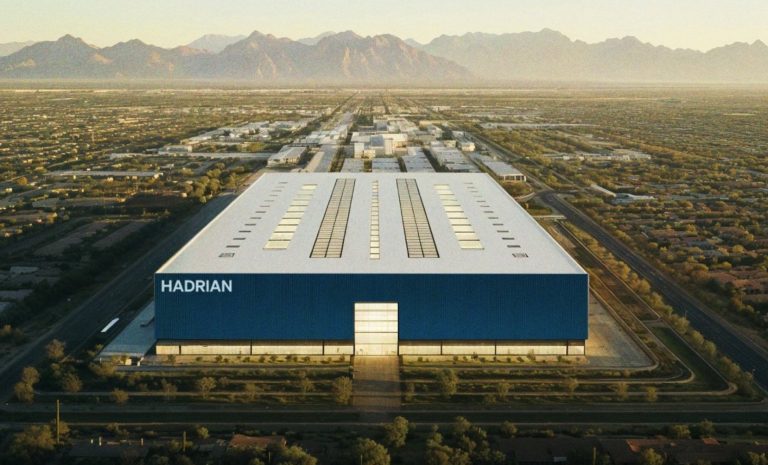

+ There are no comments
Add yours